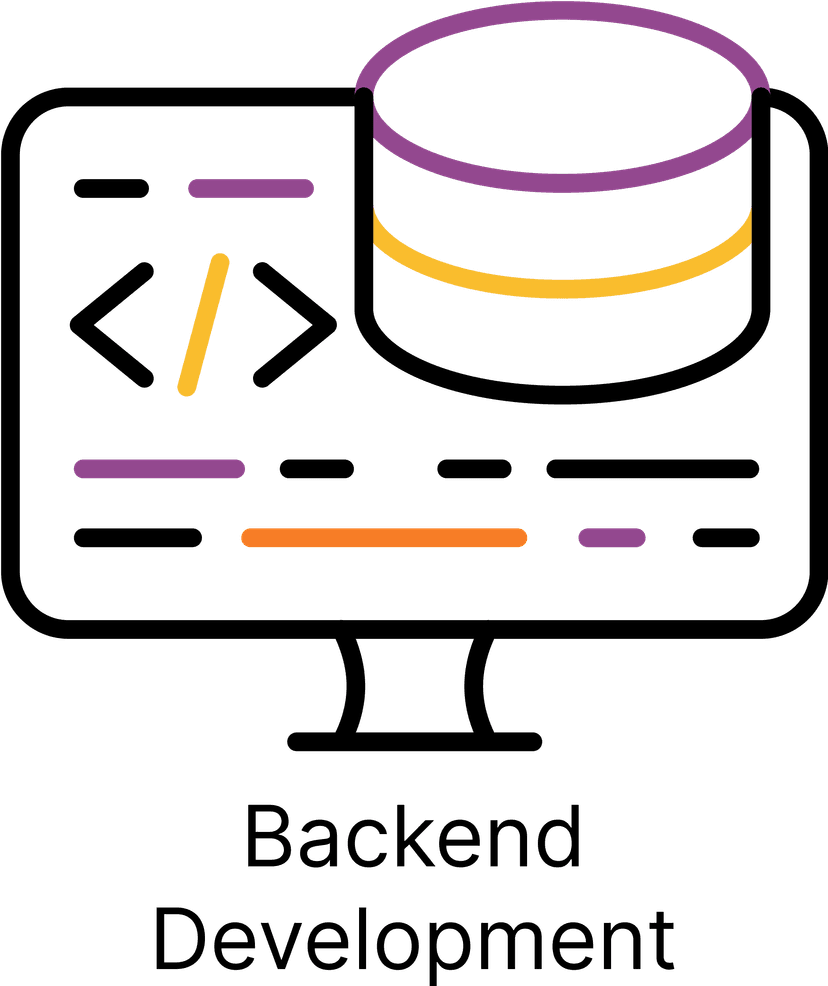Backend Development

What is backend development?
Definition
Backend development refers to the server-side of a web application where the business logic, database interactions, and server configurations take place. It is responsible for managing and processing data, ensuring that the frontend of the application runs smoothly and efficiently.
Analogy
Imagine a restaurant. The frontend is like the dining area where customers interact with the menu and place their orders. The backend, on the other hand, is like the kitchen where chefs prepare the meals, manage ingredients, and ensure that orders are completed accurately and on time.
In other words
Backend development is the "kitchen" of a web application, where all the behind-the-scenes work is done to ensure a smooth and efficient user experience on the frontend.
Why is backend development important?
It's one thing to know what backend development is, but that is worthless if you don't know why you should know what a code repository is in the first place. Let's break down the importance of this tech term based on two high-level categories. We'll walk through an explanation as well as provide a score, 1-10, that shows you how much you should care about backend development.
Pre-Product: 8/10
If you don't have a product yet, understanding backend development is crucial for planning and building a scalable, efficient, and secure application. A well-designed backend can save you time and resources in the long run, as it will be easier to maintain, update, and scale as your startup grows. By having a solid grasp of backend development, you can make informed decisions when choosing technologies, frameworks, and infrastructure for your project.
Live Product: 8/10
If you have a live product, the importance of backend development remains high. A strong backend ensures that your application can handle increased user traffic, maintain security, and integrate with other services as needed. Regularly reviewing and optimizing your backend can lead to improved performance, reduced costs, and increased customer satisfaction.
Examples of backend development
So you know what backend development is, by definition. You know if you should care about it or not depending on your situation as a business/company/product. To dig in deeper, we will walk through some tools and processes so we can make sure you really have a solid grasp on backend development.
Example: Popular Backend Technologies
- Node.js: A JavaScript runtime built on Chrome's V8 JavaScript engine, allowing developers to use JavaScript for server-side programming.
- Ruby on Rails: A web application framework for the Ruby programming language that simplifies the development process and follows the MVC (Model-View-Controller) architecture.
- Django: A high-level Python web framework that encourages rapid development and clean, pragmatic design.
- PHP: A widely-used open-source scripting language that is especially suited for web development and can be embedded into HTML.
Key Takeaways:
- Backend development is the server-side of a web application, responsible for managing data and ensuring a smooth user experience.
- If you do not yet have a product, understanding backend development is crucial for planning and building a scalable and efficient application.
- If you do have a product, maintaining a strong backend is essential for handling increased user traffic, security, and integration with other services.
- Examples of popular backend technologies include Node.js, Ruby on Rails, Django, and PHP.

